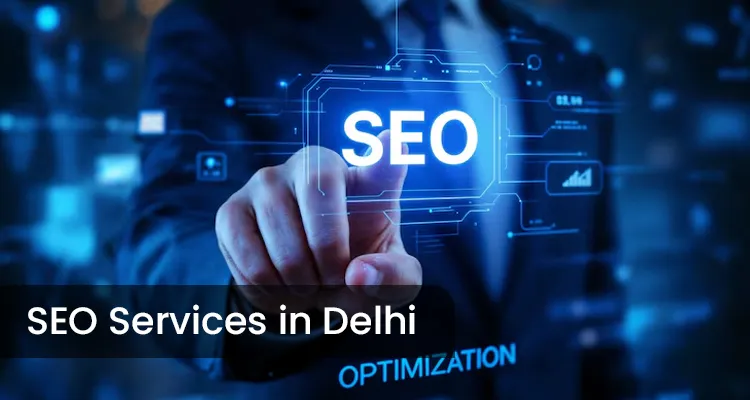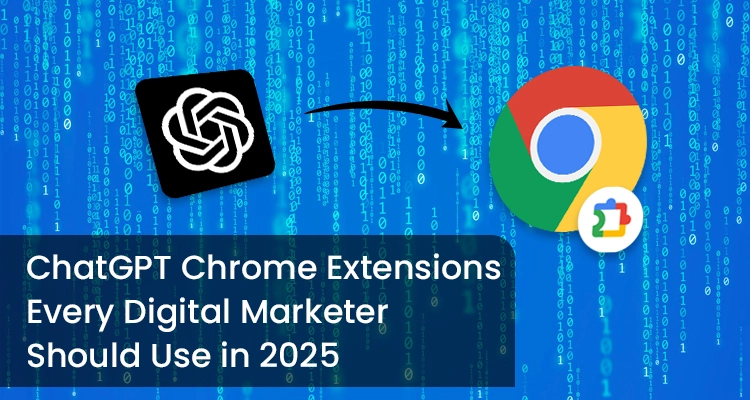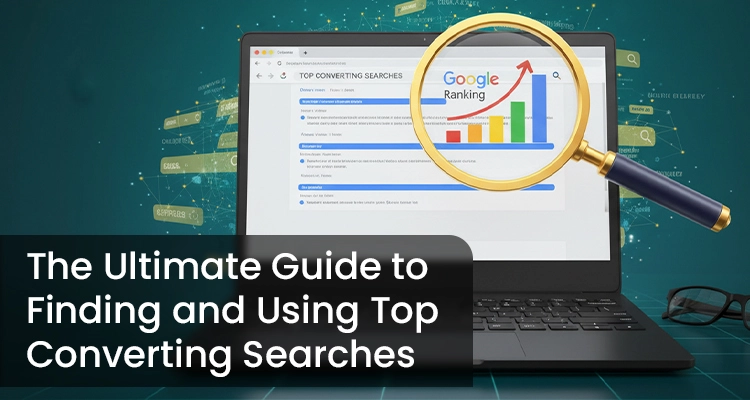The Evolution of Online Branding: Where Are We Heading?

Online branding has come a long way since the inception of the internet. From basic static web pages to immersive digital experiences, the journey of online branding reflects the rapid technological advancements and changing consumer behaviors. But where are we heading next? This article delves into the evolution of online branding and explores the trends shaping its future.
The Early Days: Establishing a Digital Presence
In the 1990s, having a website was a novelty. Businesses recognized the potential of the internet as a platform to showcase their offerings. However, branding was rudimentary, with most websites functioning as static brochures. The focus was on:
- Basic Information: Websites served as digital directories with contact details and product catalogs.
- Minimal Design: Limited technology meant simple layouts with text-heavy pages.
- Generic Messaging: Brands lacked differentiation and rarely tailored content to specific audiences.
Despite these limitations, the foundation was laid for a digital transformation.
The Rise of Search Engines and SEO
As search engines like Google gained prominence in the early 2000s, businesses realized the importance of being discoverable online. This era saw the birth of search engine optimization (SEO) as a key branding strategy. Key developments included:
- Keyword Targeting: Brands optimized content to rank higher in search results.
- Content Marketing: Blogs and articles became tools to establish expertise and drive traffic.
- User-Centric Design: Websites became more visually appealing and user-friendly.
This shift made online branding more competitive, compelling businesses to prioritize visibility and relevance.
Social Media Revolution: Building Relationships
The mid-2000s introduced social media platforms like Facebook, Twitter, and LinkedIn. These platforms revolutionized online branding by enabling two-way communication between brands and consumers. Key changes included:
- Interactive Engagement: Brands engaged directly with audiences through comments, likes, and shares.
- Visual Storytelling: Images and videos became essential for capturing attention.
- Community Building: Businesses created loyal communities around their brand values and offerings.
Social media allowed brands to develop personalities, making them more relatable and accessible.
Mobile First: Branding on the Go
With the rise of smartphones in the 2010s, mobile-first strategies became crucial. Brands adapted to consumers’ on-the-go lifestyles, leading to:
- Responsive Design: Websites were optimized for seamless mobile experiences.
- Apps and Notifications: Mobile apps offered personalized interactions and real-time updates.
- Location-Based Marketing: Geotargeting allowed brands to deliver hyper-localized content.
Mobile branding prioritized convenience and personalization, aligning with changing consumer expectations.
Current Landscape: Data-Driven Branding
Today, branding is a sophisticated blend of creativity and data analytics. Businesses leverage advanced tools to understand their audience and tailor experiences. Key trends include:
- Personalization: AI and machine learning enable brands to deliver customized content and recommendations.
- Influencer Marketing: Collaborating with influencers adds authenticity and reach to branding efforts.
- Omnichannel Strategies: Consistent branding across multiple platforms ensures seamless customer journeys.
Data-driven branding helps businesses stay relevant and competitive in an ever-changing market.
Where Are We Heading? The Future of Online Branding
The evolution of online branding shows no signs of slowing down. Here are the trends shaping its future:
1. Immersive Technologies: AR and VR
Augmented Reality (AR) and Virtual Reality (VR) are transforming how brands engage with consumers. These technologies create immersive experiences, such as:
- Virtual try-ons for fashion and beauty products.
- AR-powered navigation in physical stores.
- VR-based brand storytelling through interactive content.
As AR and VR become more accessible, they will redefine brand-consumer interactions.
2. Voice Search Optimization
With the growing popularity of voice assistants like Alexa and Google Assistant, voice search is becoming a critical aspect of branding. To adapt, businesses will need to:
- Optimize for conversational keywords.
- Focus on local SEO to cater to voice search queries.
- Ensure brand information is readily available through voice platforms.
Voice search is reshaping how consumers find and interact with brands.
3. Sustainability and Ethical Branding
Modern consumers are increasingly drawn to brands that prioritize sustainability and social responsibility. Future branding efforts will emphasize:
- Transparent supply chains.
- Eco-friendly practices and products.
- Supporting social causes that align with brand values.
Ethical branding builds trust and fosters long-term customer loyalty.
4. AI-Powered Branding
Artificial Intelligence (AI) is revolutionizing branding by automating processes and enhancing personalization. Key applications include:
- Predictive analytics for consumer behavior.
- AI-generated content tailored to audience preferences.
- Chatbots for instant customer support.
AI will continue to empower brands to deliver smarter, more efficient solutions.
5. Community-Driven Branding
As consumers seek authentic connections, community-driven branding will gain momentum. Brands will:
- Foster online communities around shared interests.
- Encourage user-generated content to amplify trust.
- Collaborate with micro-influencers for niche audiences.
Communities help brands build meaningful relationships and enhance loyalty.
6. Metaverse Branding
The metaverse, a virtual space where users interact in digital environments, is emerging as the next frontier. Brands are exploring opportunities such as:
- Hosting virtual events and launches.
- Offering digital collectibles and NFTs.
- Creating branded virtual spaces for interaction.
The metaverse offers endless possibilities for innovative branding strategies.
Conclusion: Embrace the Future of Branding
The evolution of online branding reflects the dynamic nature of technology and consumer behavior. From simple websites to immersive digital ecosystems, brands have continually adapted to stay relevant. As we move into the future, businesses must embrace emerging trends like AR, AI, and the metaverse to create compelling and memorable brand experiences.
By staying agile and customer-focused, brands can not only navigate the ever-changing digital landscape but also thrive in it. The future of online branding is exciting—are you ready to lead the charge?
Content written by-Gunjan
Gunjan is part of the expert content marketing team at ITCombine. She has an expertise of curating meaningful information that can be used by visitors in general. Gunjan is also involved in creating Client specific stories and blogs.
Copyright © 2025 - itcombine.com.
All Rights Reserved.








